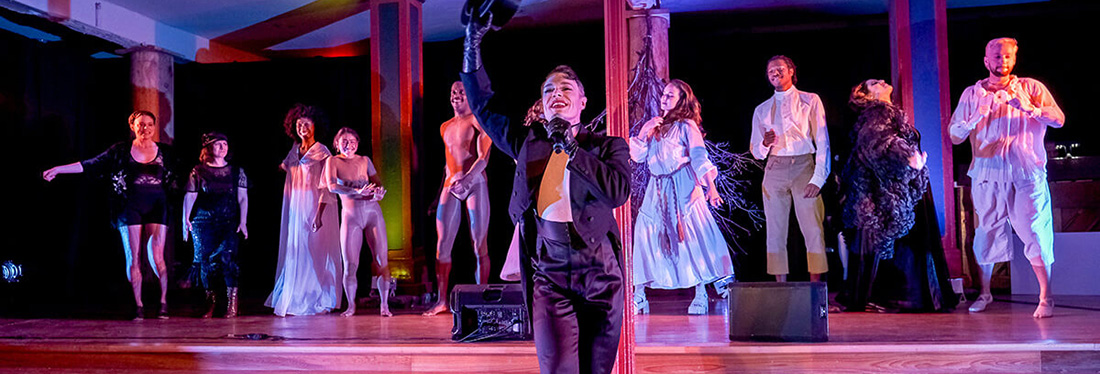

The evening began with a brief but poignant speech by Barry Tucker with a special remembrance of his recently deceased wife Joan Kramer Tucker and thanking all for their support during the last two difficult years.
Then we were introduced to our award winner, Ms. Blue, in a very vivid banana yellow silk fishtail evening gown with reddish purple accents, singing “Vissi d’arte” from Puccini’s Tosca, a role she has performed in Europe but not at the Metropolitan Opera. Blue, who is only the second African American Tucker award winner (the last was Lawrence Brownlee in 2006) was joined on the podium by the Gala’s first female conductor, Speranza Scappucci.
Blue’s reading of the familiar Puccini solo revealed a voice of generous proportions and luscious timbre—a world-class instrument. However, Blue was singing phrase by phrase failing to link each measure into a cohesive musical statement building up to the final climactic phrases. Many of these phrases were gorgeous, some offhand and several musically and rhythmically wayward.
Pianissimos were missing in action; it was all rather loud and matter of fact. The aria failed to cohere though all the voice in the world was there to make it happen. On the other hand, this is a deluxe lirico-spinto instrument in the mold of Leontyne Price and Martina Arroyo that could, if properly guided and coached, take on the major Verdi and Puccini heroines and fill them out with generous vocal volume and tonal beauty. (Tosca is already behind her and Aida is on the horizon).
The 2014 and 2018 winners, tenor Michael Fabiano and bass-baritone Christian Van Horn entered with the Act I duet “Me voici… A moi les plaisirs” from Gounod’s Faust. Fabiano’s tone has darkened, and the title role of Gounod’s Faust is one that he has put behind him.
Yet his high musical energy brought vitality to this over familiar score while the tone had more ping, legato suavity and tonal juice than I heard in his recent Cavaradossi in Tosca at the Met. Van Horn’s soft grained bass-baritone leaned towards gallic elegance and boulevardier insouciance rather than coarse overbearing blaring. Both singers found humor in this scene of diabolical bargaining and the audience responded with laughter.
Veteran soprano superstar Renée Fleming returned with a surprise selection that paired the 1990 Tucker Award winner with this year’s awardee—the letter duet “Sull’aria” from Mozart’s Le Nozze di Figaro with Fleming resuming her old role of Rosina with Blue as Susanna. Fleming sounded as sweet and creamy-toned as of yore while Blue was a vivacious Susanna with an earthier lush sound. It was a happy moment where two different generations came together—Fleming sounding rejuvenated beside Blue in full-bloom while looking lovely.
Bass-baritone Ryan Speedo Green bounded onstage as Escamillo in Carmen with the familiar Toreador Song “Votre Toast”. Mr. Green, who has a burgeoning international career, was full of energy and voice—the tone is puissant and encompasses both the baritone and bass registers easily (which is crucial since the tessitura of this warhorse aria is tricky and rangy). The voice is juicy with bite and a great top register.
However, for all his musicality and vocal high energy something was missing—focused diction and tonal point. The words needed to come forward—roundness and richness of tone is clearly Green’s primary focus. We had a trio of star cameos as Frasquita, Mercedes and Carmen in their brief “L’amour” phrases—Fleming as Frasquita (a role she performed decades ago in her professional debut with Virginia Opera), Blue as Mercedes and a quite steamy smoldering Joyce DiDonato as Carmen!
Tenor Stephen Costello, currently at the Met in Verdi’s La Traviata, gave us another side of middle Verdi with “Quando le sere al placido” from Luisa Miller. Mr. Costello is a case of the whole being less than the sum of its parts. The tone was easy and bright, his musicianship adroit and Costello is slim and still boyishly handsome at 40.
Yet Costello is as always physically awkward onstage with dead eyes despite being thin and attractive. (It is an industry wide fallacy that thin, physically attractive singers are automatically better actors and more charismatic than fat, older singers. (My companion said that Costello reminds him of Sheldon in The Big Bang Theory.)
His timbre is shallow and bland despite the easy bright high notes, good phrasing and vocal ease. His tone during the cavatina retained lyrical sweetness but turned thin and parched in the more outspoken anguished outbursts of tenor despair.
Nadine Sierra was scheduled to sing “Mi chiamano Mimì” from La Bohème and join Costello in a duet from Roméo et Juliette. As always, there were last minute cancellations and Sierra, who had performed Traviata the evening before, felt under the weather and was obliged to cancel.
Her replacement was Italian soprano Eleanora Buratto. Currently appearing as Elisabetta in Don Carlo at the Met, Buratto performed “Un bel dì” and the Act I love duet from Puccini’s “Madama Butterfly” with Costello as her Pinkerton. Buratto’s geisha proved just as lovable, buttery of tone and fresh and spontaneous as it was last year at the Met in her role debut.
Unlike several other participants in the evening’s festivities, Mme. Buratto feels the text and projects emotional specificity with intenzione—she knows what she is singing about, what it means to her character and why they are singing and what the stakes are for the character. The voice is full and golden, and she performs with heart—she is already becoming a local favorite and I hope she returns often. Costello in the Butterfly duet was properly callow but also ardent and had good chemistry with his soprano.
The tall and yes, strapping Van Horn returned with the bass solo “Infelice” followed by the rousing cabaletta “Infin che un brando vindice” from Verdi’s Ernani. Mr. Van Horn had sweeping legato phrasing in the aria and lots of vocal dash in the cabaletta with long-held high notes assisted by the male members of the New York Choral Society.
Blue returned with Ryan Speedo Green in the “Crown!” confrontation scene from Gershwin’s Porgy and Bess. Mr. Green’s Crown was properly menacing with a snarl in his dark tone and a muscular trim frame. However, I could barely make out one sentence of his text—his stage presence made up for it and the voice is deluxe. Blue sounded almost girlish and flirtatious as Bess and did not seem threatened, shocked or intimidated by being reunited with the now fugitive Crown.
At the end, this Bess seemed to flirtatiously beckon Crown into the bushes on her exit which is not really in character? Shouldn’t her final capitulation be humiliating and an attempt to avoid another beating or rape? Both were vocally resplendent, and Ms. Blue was now modeling a striking and becoming midnight blue evening gown with sparkly black underskirt.
A vocal force of nature, 2011 Tucker Award winner Angela Meade presented herself in a role that got away—Elisabetta I in Donizetti’s Roberto Devereux which she was scheduled to perform at the Met in the cancelled 2021-2022 season. Meade tore into the aria-cabaletta finale “Vivi, ingrato a lei d’accanto… Quel sangue versato” with sweeping gales of rich ruby colored tone and brilliant high notes.
Clearly now Meade is a dramatic soprano with coloratura rather than a dramatic coloratura soprano. She sings big Verdi like Aida, Elisabetta in Don Carlo (coming up on November 23rd) with roles in Forza and Ballo in the works. The phrasing was epically big-scaled, the emotions focused more on anger than grief or despair. This aging queen was still formidable and to be feared – little pathos and no frailty were evident.
However, pianos were attacked in a delicate overtone slightly off the body of the voice, gutsy chest tones provided contrast to the floated soprano lines and coloratura phrases were attacked fearlessly with precision. The audience erupted into a standing ovation that lasted several minutes at the end of her selection. It was the biggest response to a solo aria all evening.
Russell Thomas, who will be singing Don Carlo to Meade’s Elisabetta later this month, stuck to Verdi with the demanding tenor aria “Oh, tu che in seno d’angeli” from La Forza del Destino. Again, I was impressed with the burnished quality and tonal sturdiness of his instrument.
However, the lack of ping in his otherwise secure upper register, crooned piano phrases off the voice and a rather opaque timbre dimmed my enjoyment of his very able and highly accomplished efforts in difficult music. Also, Thomas didn’t evoke the longing of a lovelorn outsider separated from his lost love, it was all focused very outward with little internal suffering.
Fabiano didn’t sing the listed “O Paradiso” from Meyerbeer’s L’Africaine (or L’Africana) but opted for the Lamento di Federico “É la solita storia del pastore” from Cilea’s L’Arlesiana. Like Buratto, Fabiano invests in the text and the situation and sings with passion and boldness. Though he may have occasionally oversung, he gave his all and the audience loved him.
Little personal anecdote here. About 12 years ago, an elderly gay vocal coach who used to invite me over to his apartment on Ocean Parkway in Brooklyn died. Mario/Gigi had walls and walls of Italian vocal scores and photos of old Italian opera stars including signed photos of Olivero and Zeani et al. When he died many of his effects were sold but several were just abandoned or thrown into a dumpster outside his building because they were considered unsellable.
His friends and I rescued some of these items including an old, tattered German softcover score of Cilea’s L’Arlesiana. Rather than keep it to myself, I decided to gift it to a young talented tenor who might sing the opera someday. After a performance at the Met, I waited for Michael Fabiano to come out (we had communicated on Facebook prior to that and were friendly) and I presented him with the dog-eared, faded score which he was delighted to receive. His performance last night made me hope that one day he will perform Federico onstage in a complete performance of L’Arlesiana.
Mezzo-soprano (and 2002 Tucker Award winner) Joyce DiDonato is a risk-taker and thinking-outside-the-box performing artist. She chose an unfamiliar piece: the multipart scena “Misera, dove son! …Ah! non son io che parlo!” from Gluck’s Ezio. She is another one who gets it. Intention, commitment and investment abounded as she tore into the anguished recitative and then hurled her voice into the dramatic allegro aria.
Gluck’s commitment to transforming classical opera into a vehicle for emotional truth and dramatic storytelling found an sympathetic interpreter in DiDonato. Yes, there are richer, more powerful mezzo-soprano voices out there but few are more telling or persuasive in her now very carefully selected and specialized repertory. I am wondering what DiDonato might do as the heroine of Gluck’s Alceste or Armide.
The final solo performer proved to be a scene-stealer and consummate showman: Sir Bryn Terfel who returned to Lincoln Center after many years absence from our shores. He performed two contrasting unannounced pieces—“Son lo spirito che nega” from Boïto’s Mefistofele and “If I Were a Rich Man” from Bock & Harnick’s Fiddler on the Roof.
Terfel proved to still have a lot of voice and even more personality. His Mephisto was a sarcastic, confrontational bullyboy with lots of vocal snarl, long held high notes and a showstopping fortissimo virtuoso finger whistle! His low notes however could not compete with a Ghiaurov or Siepi (or Nazzareno De Angelis for the historically inclined).
Terfel was persuasive in Tevye’s monologue before the “Rich Man” showstopper and made one hope he will perhaps perform the role at the English National Opera one day (if it still exists after the U.K. government subsidy slashing and reports of a move to Birmingham). He could use a little more Yiddishkeit though he was certainly game. Terfel remains a vivid, theatrical performer with a larger-than-life instrument and personality—rare commodities in these days when “normal” and “nice” are preferred.
The evening ended in a grand fashion with the Triumphal Scene from Act II of Aida. Angel Blue was Aida, Russell Thomas Radamès, Christine Goerke (in her only appearance that evening had sung Elektra in DC the night before) as Amneris, Reginald Smith, Jr. as Amonasro, Christian Van Horn as Ramfis and Ryan Speedo Green as the King supported by the New York Choral Society.
Blue was a promising Aida though she used a score. Goerke was not using the score (she is unveiling Amneris later this season in Detroit I believe) and was vocally imposing in her upper reaches but sounded a bit underpowered in low chest phrases. The rest were energetic and vocally present. The chorus was placed behind the stage in the high tiered seating in the rear of the auditorium.
Maestro Scappucci seems to be a find: she is sensitive and energetic, is a singer’s conductor (often turning around to watch what they were doing) and has a natural idiomatic feel for Italian opera but was versatile enough to be convincing in Bock & Harnick and Gershwin.
Scappucci I believe led several student performances at Juilliard and should be familiar from that and I hope she continues to be a familiar presence at the Met. The members of the Metropolitan Opera Orchestra played well for her and seemed comfortable with her leadership. Good rapport all around.
Also, another debut for me was the Wu Tsai Theater at Geffen Hall. The problem with the old Avery Fisher Hall was the muddied acoustics which would fade in the rear of the orchestra level and the sense that the stage was always far away and disconnected from the viewer. Say what you will about the renovation, THAT HAS BEEN CORRECTED.
The auditorium has been narrowed and the orchestra seats raked higher than before. The stage seems closer to the viewer, and the sound is very present and right in your face. Now it is a bright, high-definition sound acoustic, brightly lit with little shadows or warm ambient glow. Different people have different ears that hear things differently and have differing tastes as to what constitutes an enjoyable aural experience. I felt that I could hear every detail of the music and that no one had to push to be heard.
I was on the orchestra level but have heard good reports of the sound quality in the upper-level seats. The look of the auditorium is modern with lots of carved wood. The ceiling is ugly with rows of lighting instruments surrounded by what looks like silver bubble wrap. The lobbies are larger, full of colorful light displays and murals and seem to be designed for socializing. There is a hip modern museum look about the decoration like the Guggenheim or Getty Museum or something.
As for the crowd—it was large and star-studded with operatic celebrities old and new and lots of prominent industry machers. I saw Eve Queler, Sherrill Milnes, Brian Jagde, Matthew Epstein, Ken Benson, Quinn Kelsey, Benjamin Bernheim and there were many others I missed. Everyone seemed thrilled to be there, dressed to the nines and having fun. That was what we were missing the last three years.
So, we’re back—now on to the future!
Photos: Dario Acosta
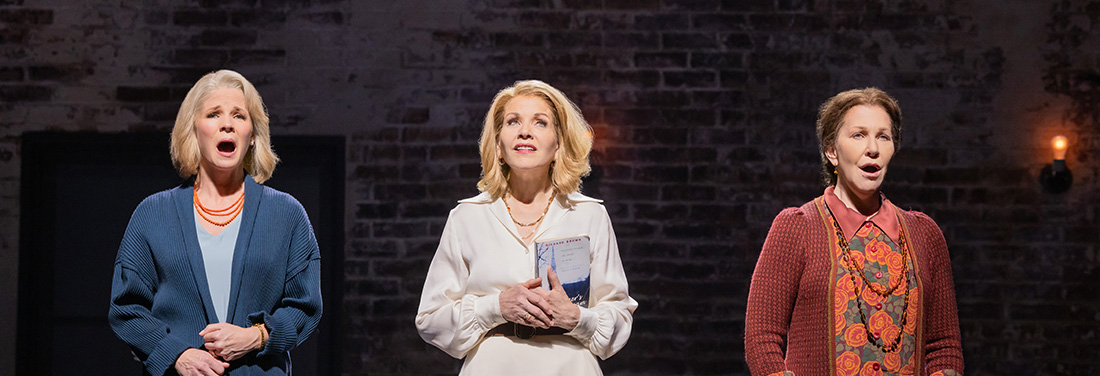
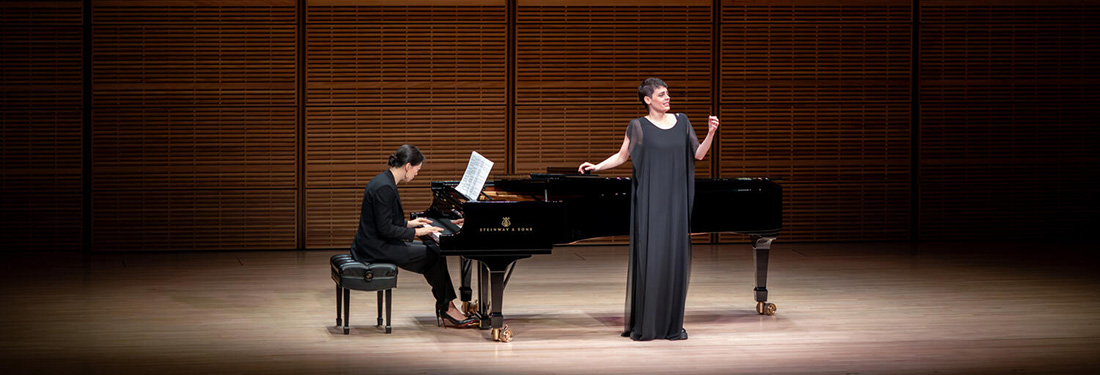
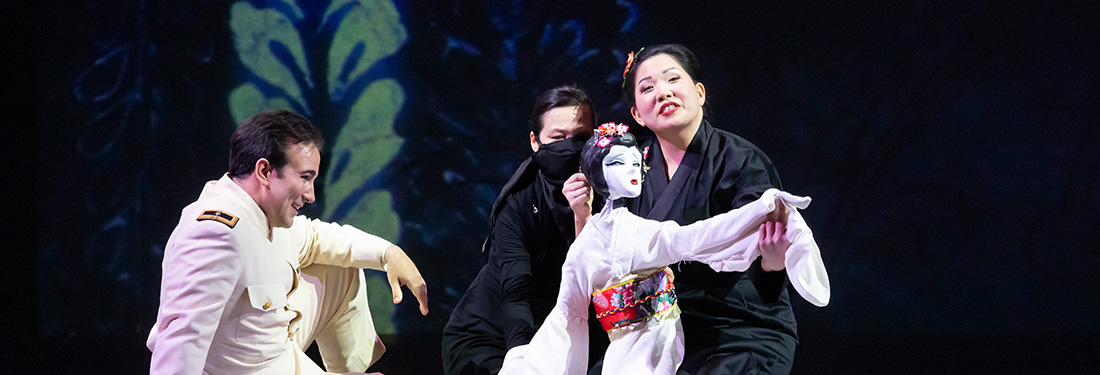

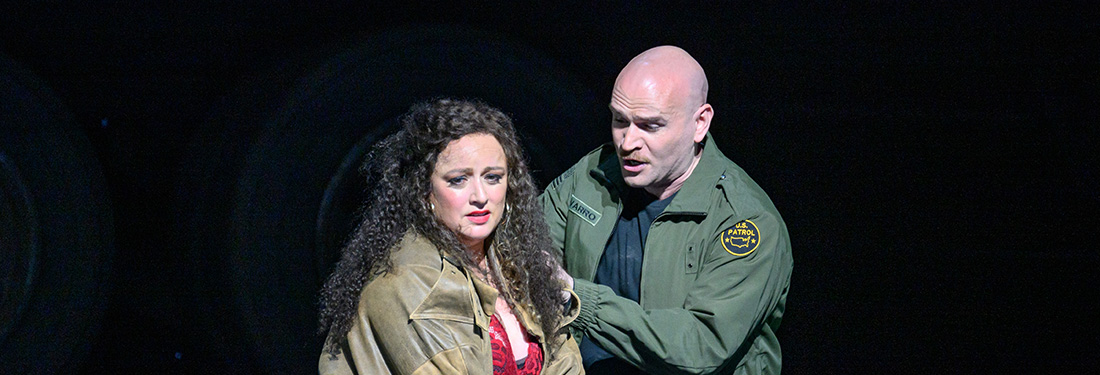
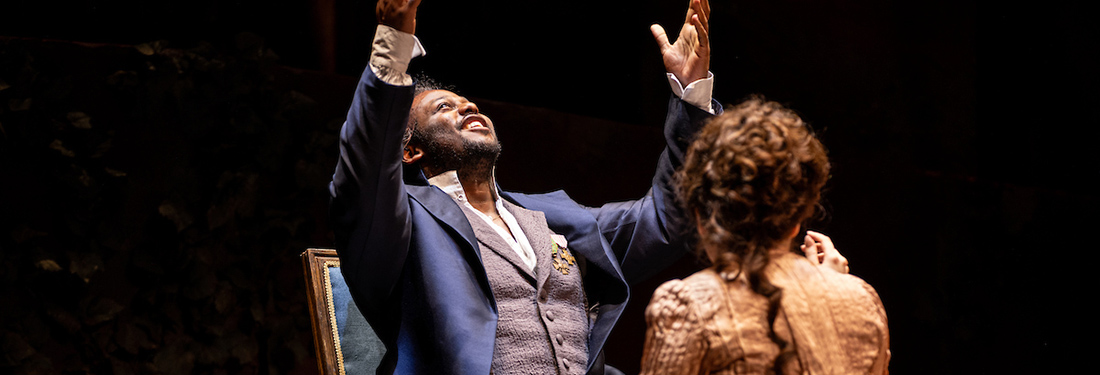
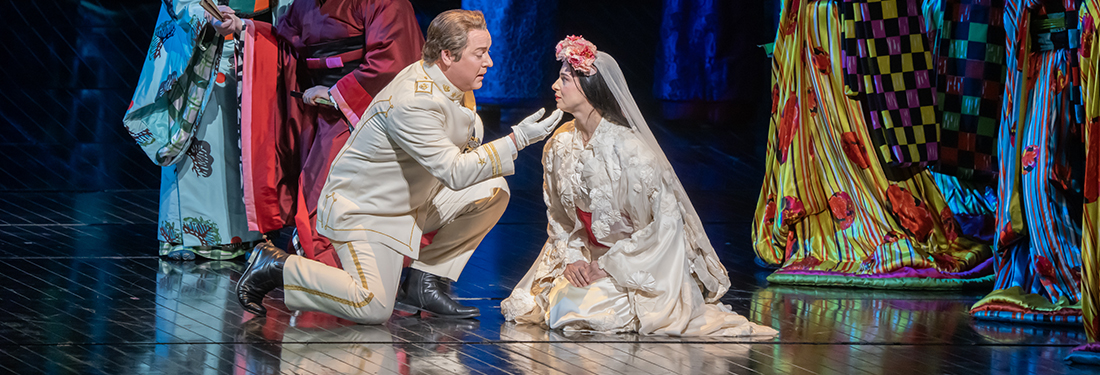
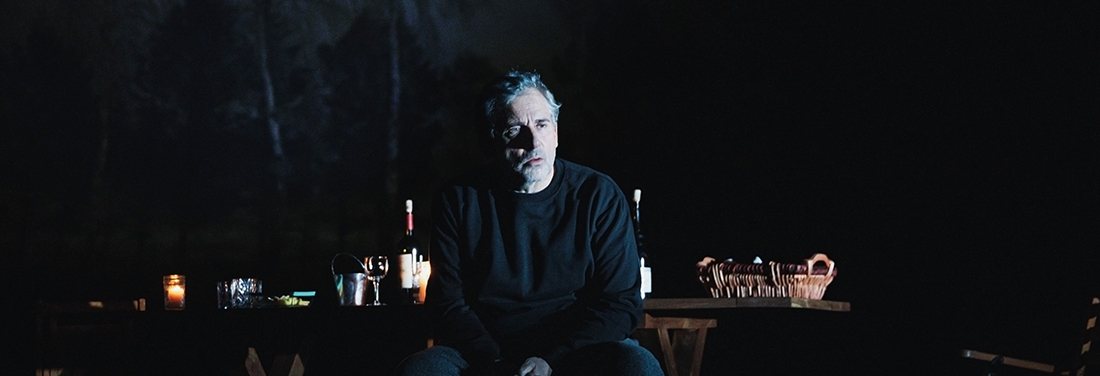
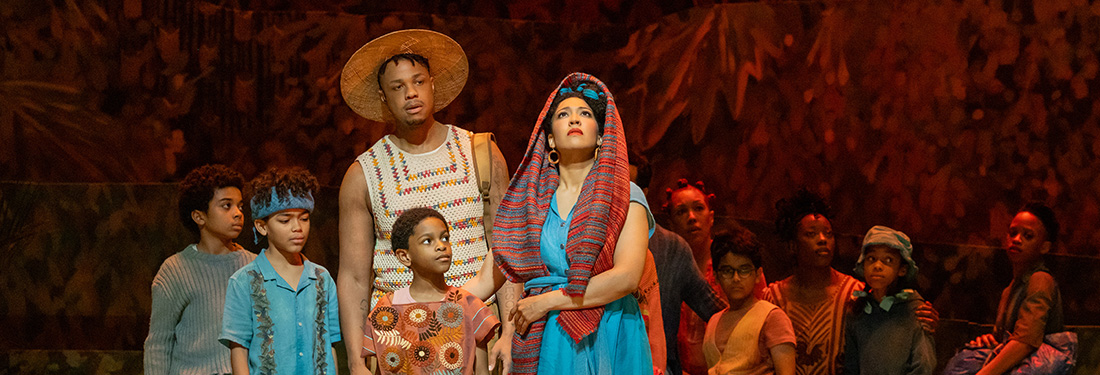











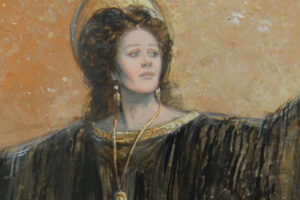
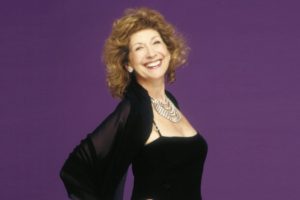
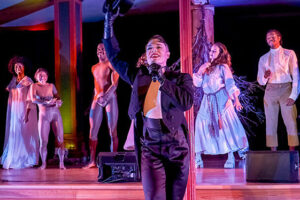
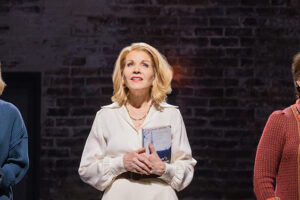
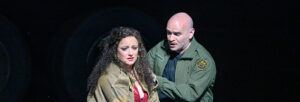




Comments